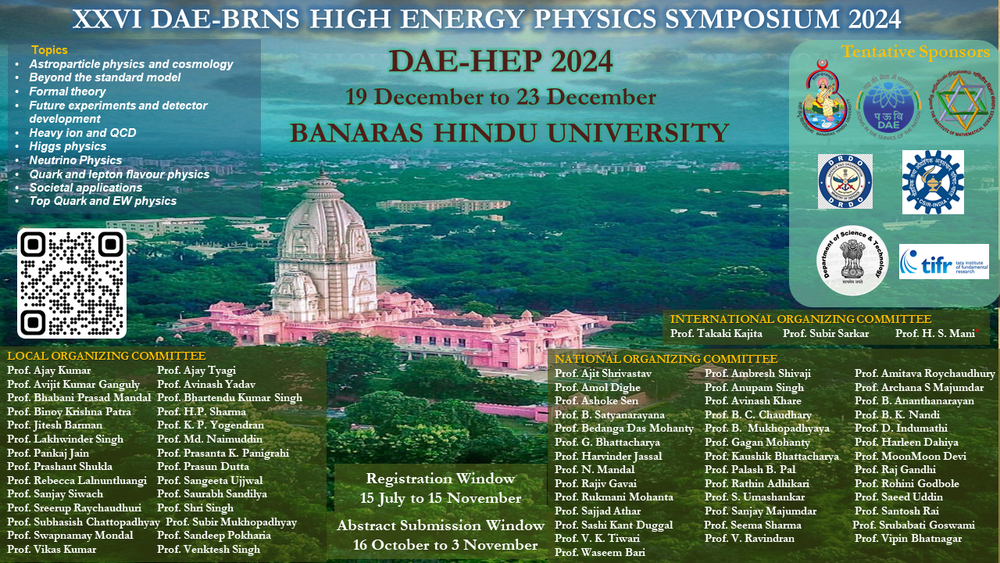Speaker
Description
The Future Circular Collider (FCC) study is developing designs for high-performance particle colliders to potentially follow the Large Hadron Collider (LHC) at CERN after its High-Luminosity phase. The plans include a 90.7 km tunnel at an average depth of 200 m, with eight surface sites supporting up to four experiments. The IDEA (Innovative Detector for Electron–positron Accelerator) has been selected for the FCC due to its innovative design, featuring a central tracker enclosed in a superconducting solenoidal magnet, a Preshower detector, a dual readout calorimeter etc. In the IDEA detector, the µRWELL technology; a single-amplification stage resistive Micro Pattern Gaseous Detector (MPGD), based Pre-shower and muon detectors are integrated with modular design of active tile area 50 × 50 cm2 and pitch width of 400µm. The H → γγ decay is a favorable channel to detect H which is the primary function of the electromagnetic calorimeter (ECAL). However, false signals from the short-lived neutral π0 decay into low-energy photons can be misidentified as an H signal when the π0 decays into two closely spaced, low-energy photons that together register as high energy in the ECAL. This challenge can be addressed by incorporating a fine-granular Pre-shower, capable of distinguishing between two very close, low-energy photons, thereby minimizing uncertainties in Higgs physics. The endcap and barrel Pre-shower are placed before the ECAL to overcome this deceptive signal problem. This presentation covers the current status of the Preshower’s uni-layer barrel design with 32 sides and the endcap implementation for the IDEA detector, using DD4hep within the k4geo framework, which is standardized for all future Higgs factories. It also suggests future directions for developing Preshower detector geometry.
| Field of contribution | Experiment |
|---|

